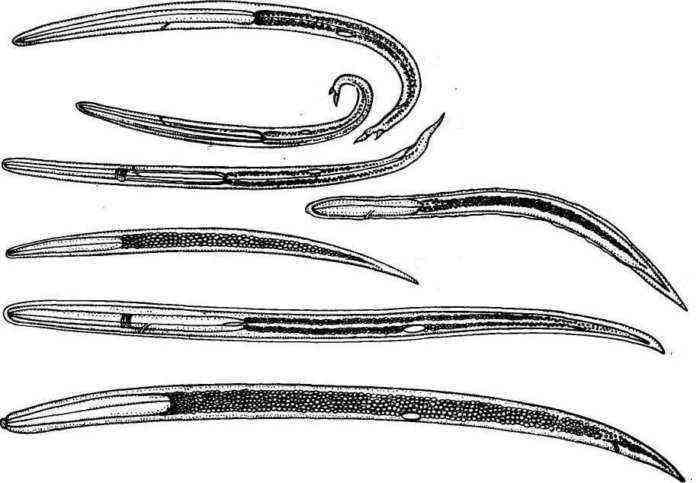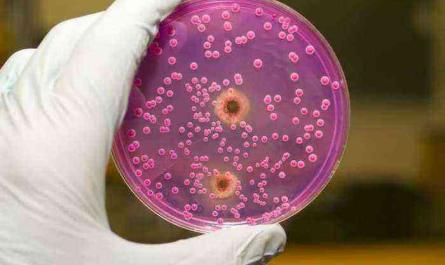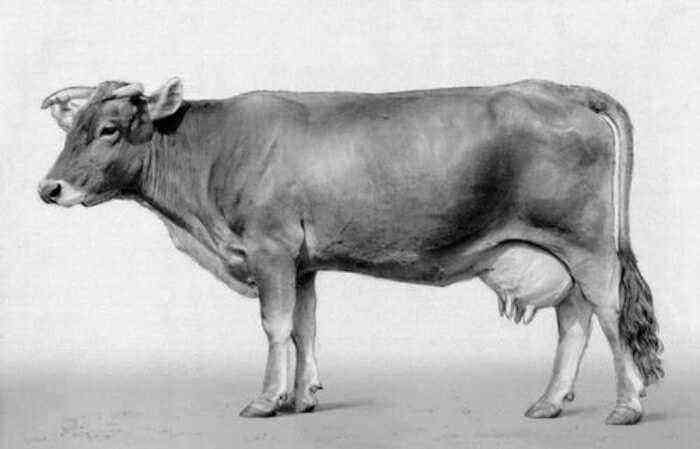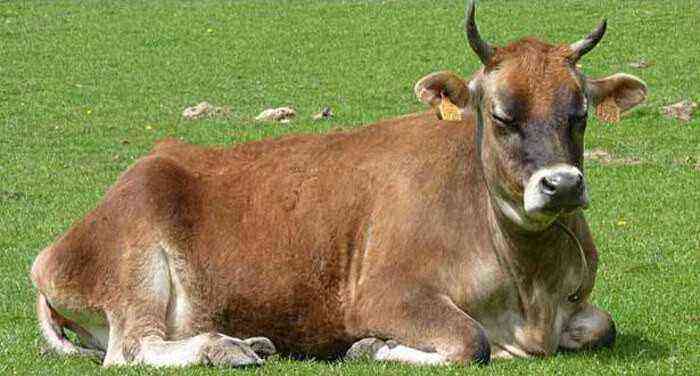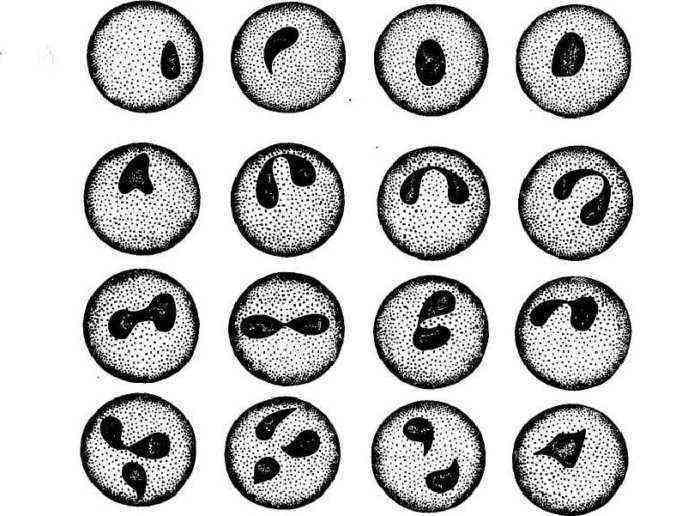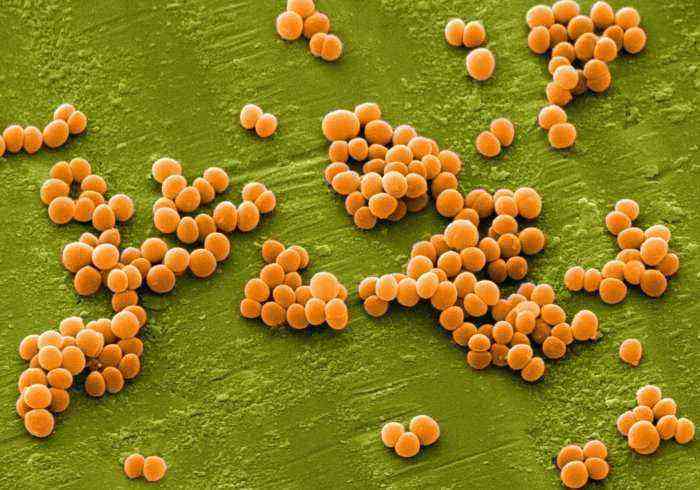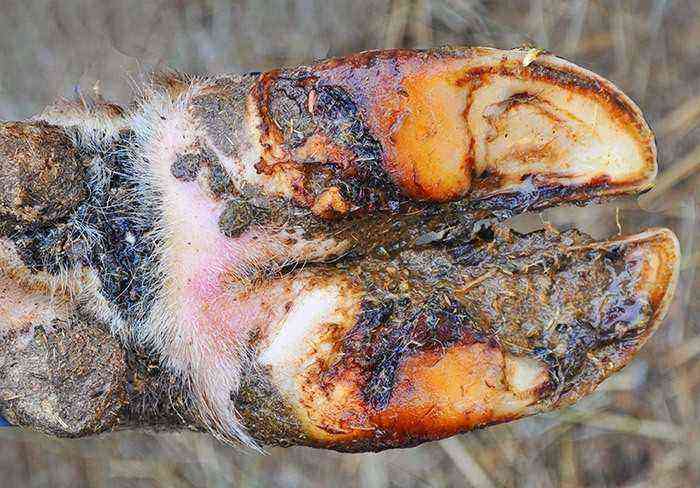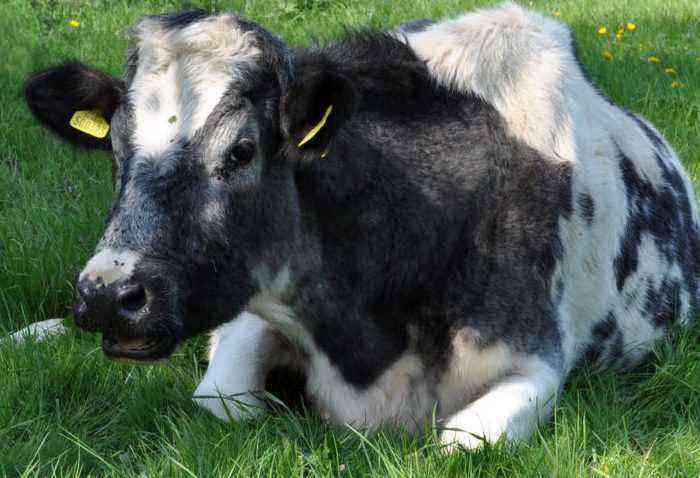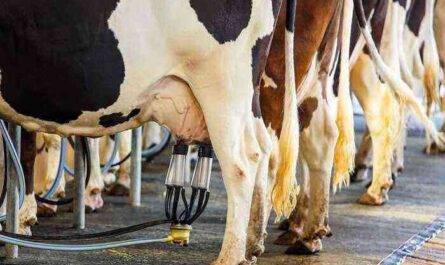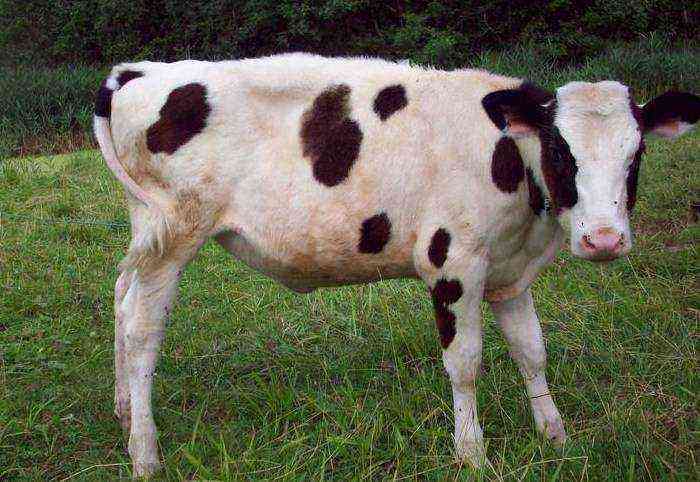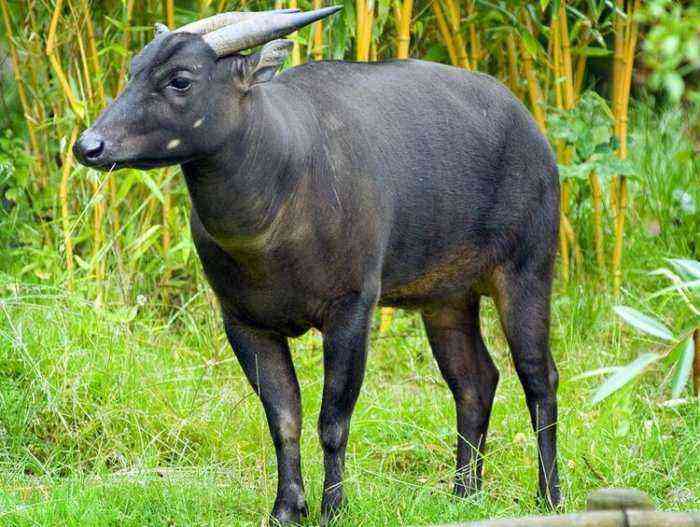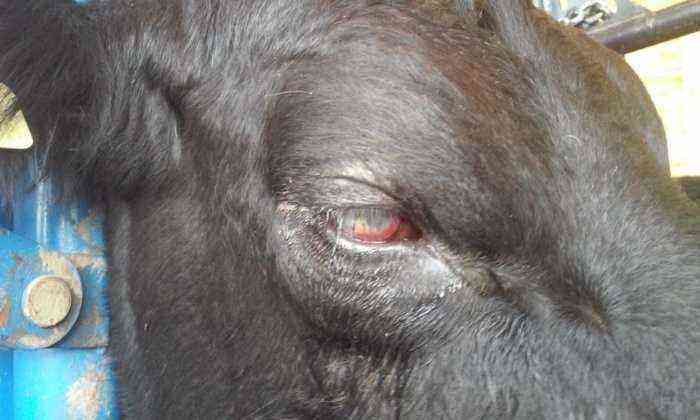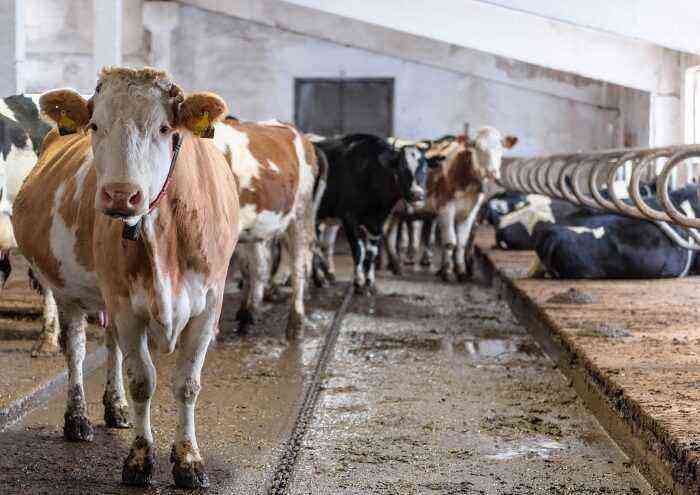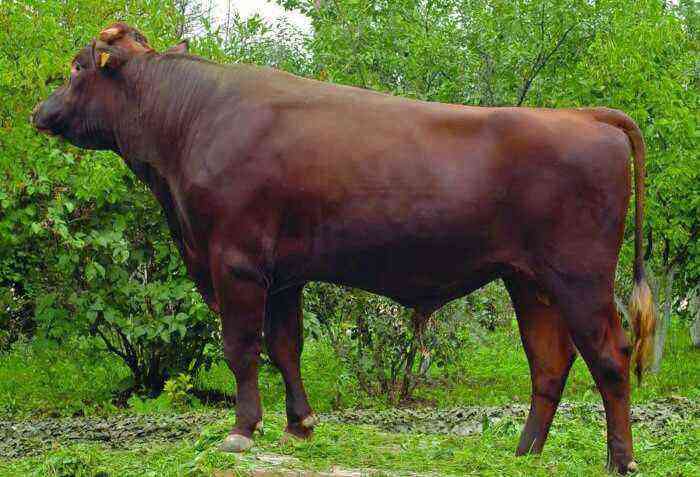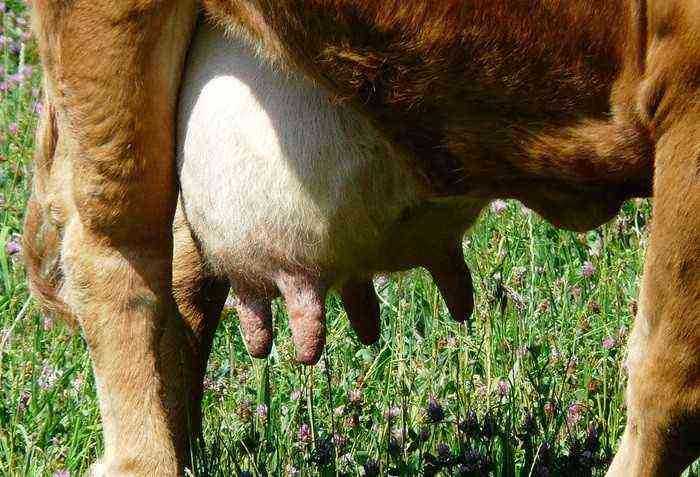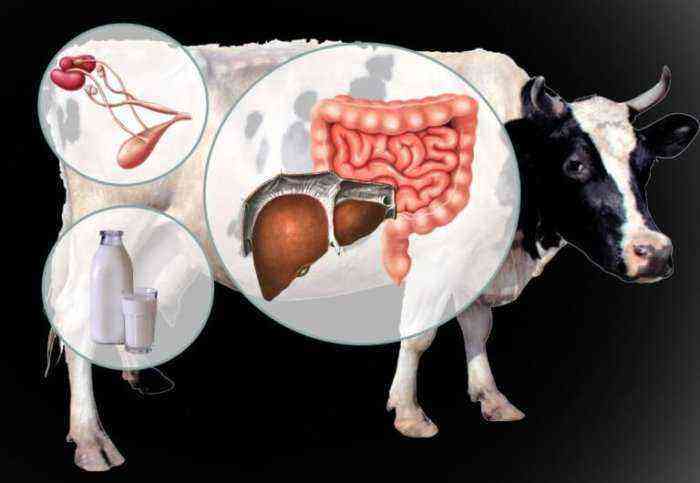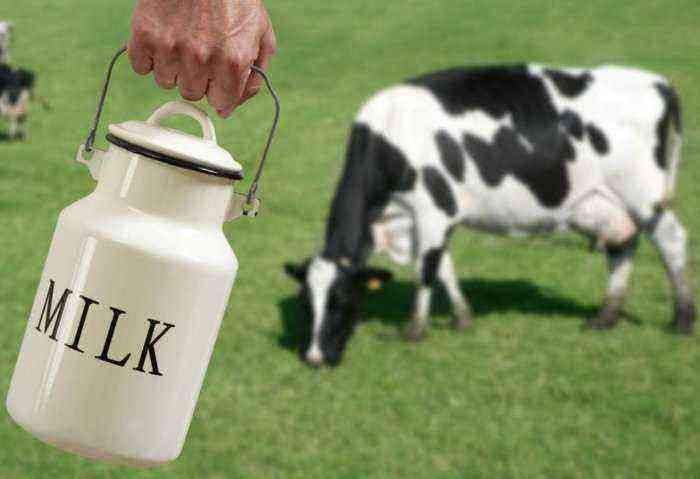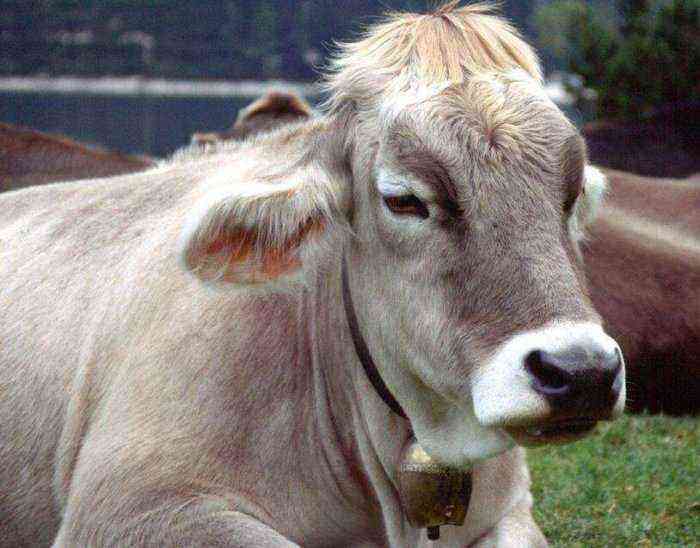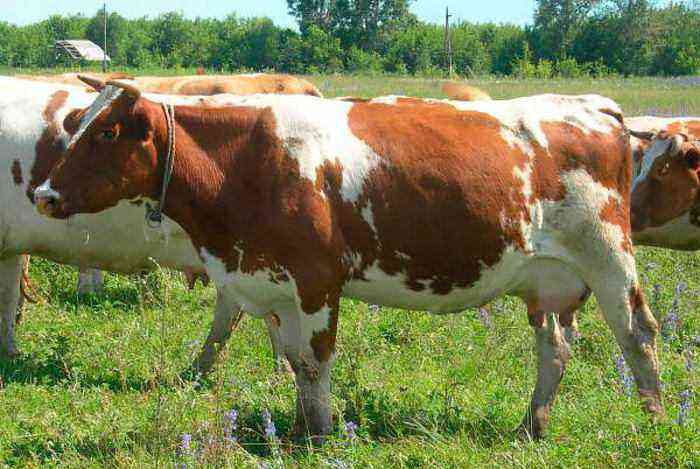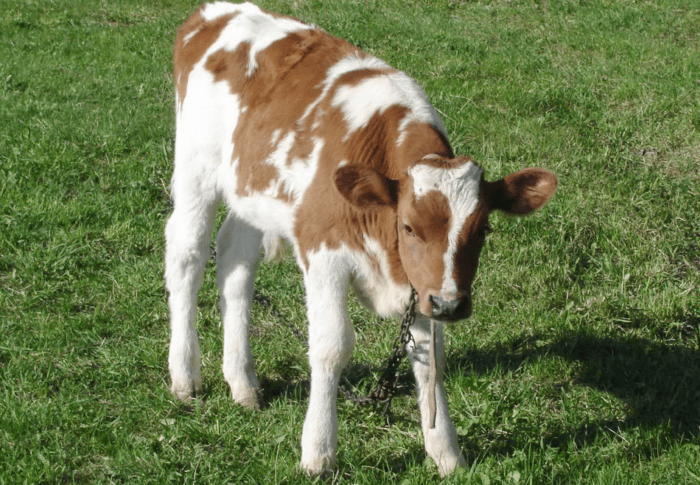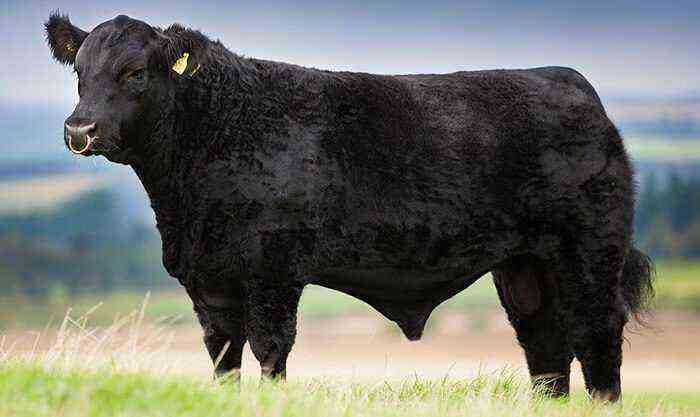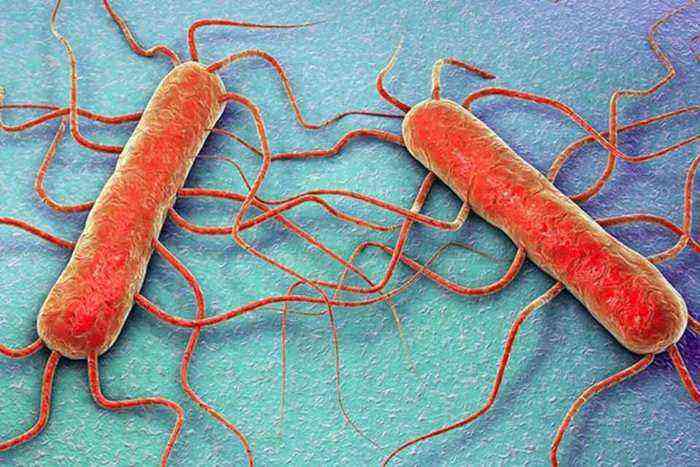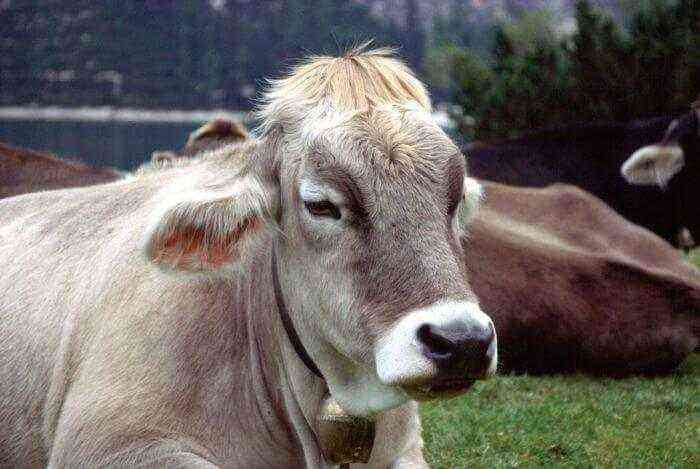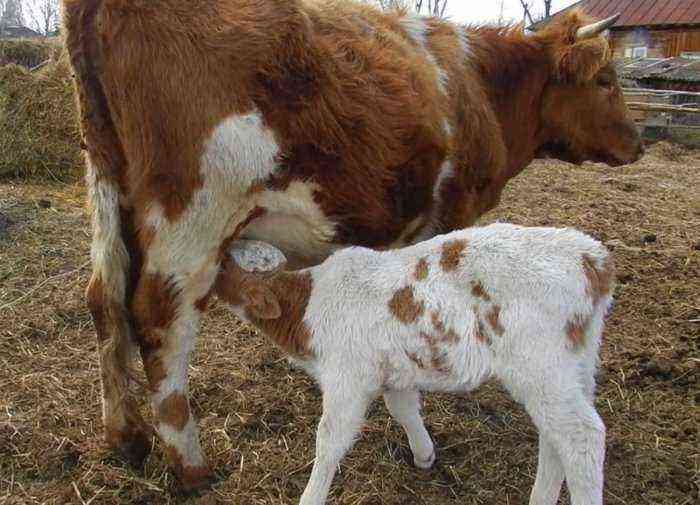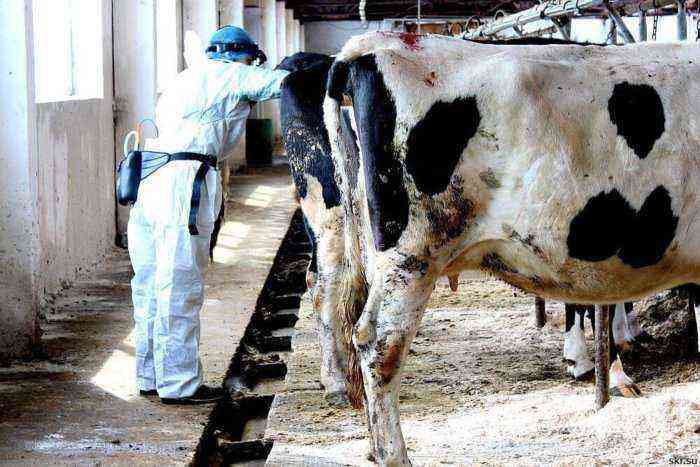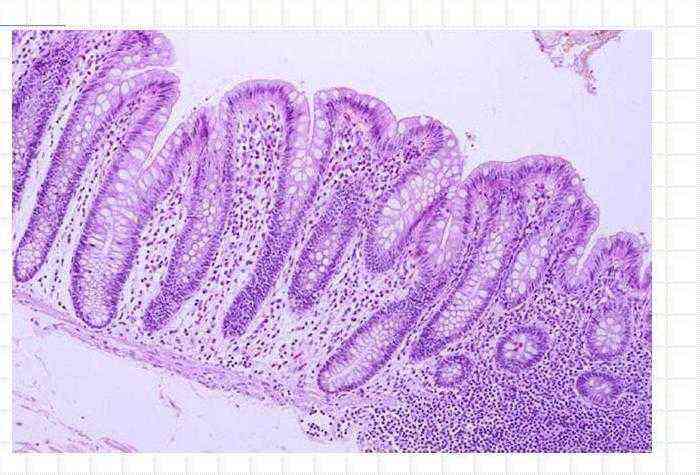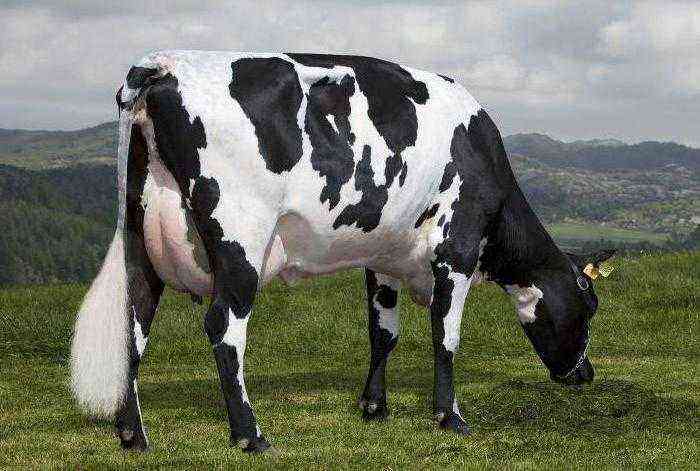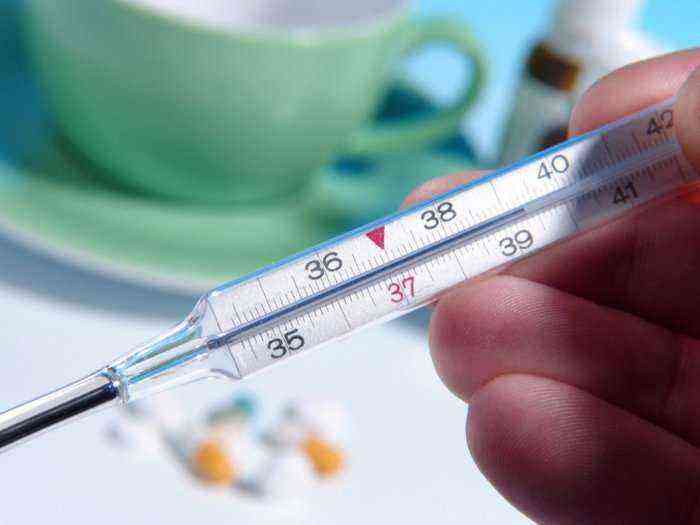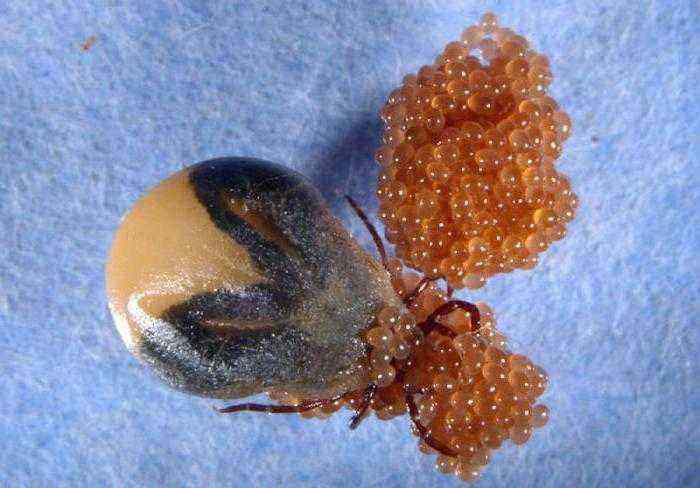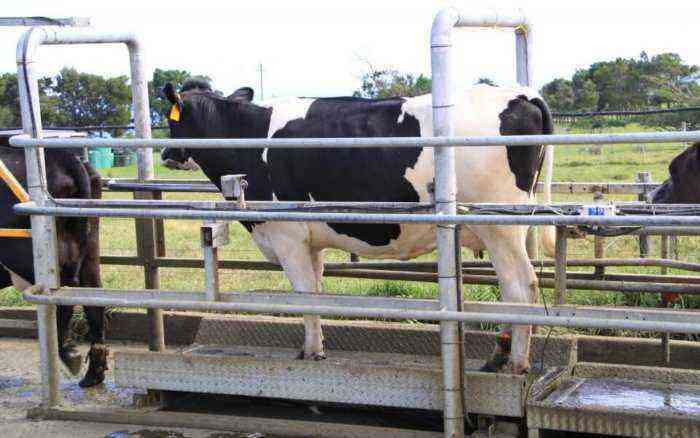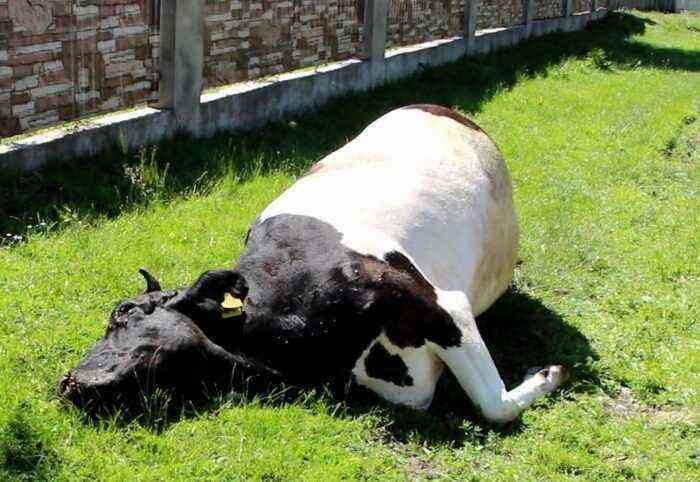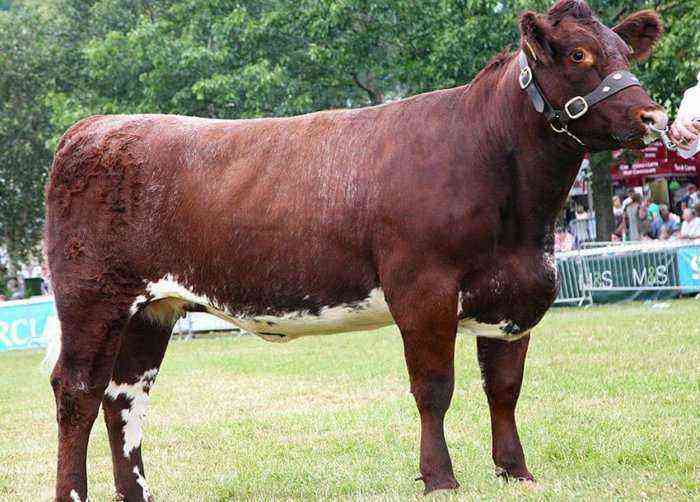Farmers often have to deal with hoof diseases in cattle. One of them is foot rot in cows. It is a contagious disease caused by the bacterium Baeteroides nodosus. The disease is characterized by inflammation of the tissues of the interhoof gap and corolla, followed by necrosis. Symptoms, signs of infection and methods of treating the disease will be discussed in this article.
cow hoof
How does the infection occur?
The causative agent of foot rot is large sticks with thickened and intensely colored ends, which, when viewed under a microscope, resemble dumbbells. The bacterium is quite stable, in the external environment it remains viable for several days, and in the tissues of the hooves of recovered animals – up to several years.
Infection of healthy individuals can occur in the pasture, in the stall. Especially often the disease affects cattle grazing in swampy lowlands, since the infection spreads faster in a humid environment. Factors contributing to infection:
- Decreased immunity of the animal.
- Skin injury in the hoof area.
- Unsanitary conditions in the stall.
Symptoms
After the penetration of the pathogen into the tissues of the limb of the cow, no more than 6 days pass before the onset of symptoms. At the initial stage of the disease in animals, the following signs of the disease are observed:
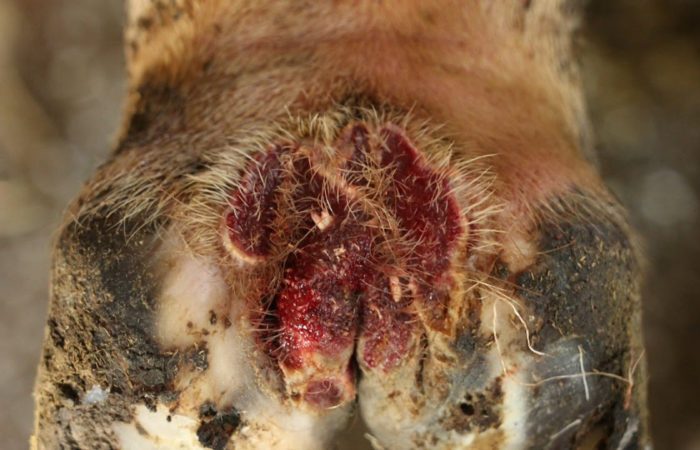
Symptoms of foot rot
- The cow limps, lags behind the herd.
- When examining the hoof, a slight reddening of the skin of the interhoof gap, swelling in this area, and the formation of a viscous gray exudate are noted.
- When the inflammation intensifies, the putrefactive process begins, the animal cannot step on the diseased hoof, but keeps the limb in weight or prefers to lie down.
- Detachment of the soft tissues of the hoof from the horn shoe.
- Loss of hair on the lower part of the affected limb.
- An increase in temperature to 40,5 degrees (noted with a severe course of the disease).
- Decrease in milk yield.
- Exhaustion.
Attention! If you do not help the cow, tissue necrosis begins, inflammation spreads to ligaments, tendons, and in the future, abscesses, fistulas, and infection of other organs may occur. If veterinary care is not provided, animals die from sepsis.
Diagnostics
If the above symptoms are found in a cow, it is necessary to invite a veterinarian to make a diagnosis. He must exclude other diseases, the course of which at certain stages resembles foot rot, such as foot-and-mouth disease, aseptic pododermatitis, necrobacteriosis, and others.
Bacterioscopy helps to confirm the diagnosis. For analysis, biomaterial is taken from infected areas of the skin of the hooves. Mucous discharge from the interhoof gap is also taken for research. Once the diagnosis is confirmed, treatment begins.
Treatment
Immediately upon detection of symptoms of foot rot, the sick cow is separated from the herd. She is being transferred to an isolation ward for stall keeping. It is unacceptable to release the animal to the pasture, where it can become a carrier of infection.

Isolator for infected cattle
The room where she was kept is disinfected with a formalin solution at a concentration of 10%. The limbs of animals that were in a stall with a sick individual, but so far remain conditionally healthy, are treated with the same remedy. To avoid the spread of infection, manure is also disinfected in a biothermal way.
Treatment includes:
- Surgical hoof cleaning.
- Trays with formalin solution (10%).
- The use of healing ointments.
- Antibacterial therapy.
Hoof cleaning is a painful process. The cow is fixed so that she cannot move during the procedure. The affected limb is thoroughly washed with warm water and soap, disinfected with a disinfectant solution. Then, with the help of a knife, the exfoliated horn is carefully trimmed, and the backs are opened. Necrotic tissue is removed. After the cleansing procedure, the skin is washed with formalin solution (10%). Then a sterile bandage is applied, having previously lubricated the affected areas with disinfecting and healing agents:
- Ichthyol ointment.
- Levomicolem.
- Ointment with furazolidone.
- Ointments with the addition of antibiotics.
The dressing should be changed daily or at least once every two days. During treatment, the cow should rest more.
Attention! With a reduction in motor activity in a cow, the stomach may stop. It is important to observe her, if signs of tympania are found, take measures to start the stomach.
Antibiotics are always included in the treatment regimen for foot rot. They are administered intramuscularly, calculating the dosage based on their body weight of the animal and the severity of the disease. List of antibacterial agents used for foot rot:
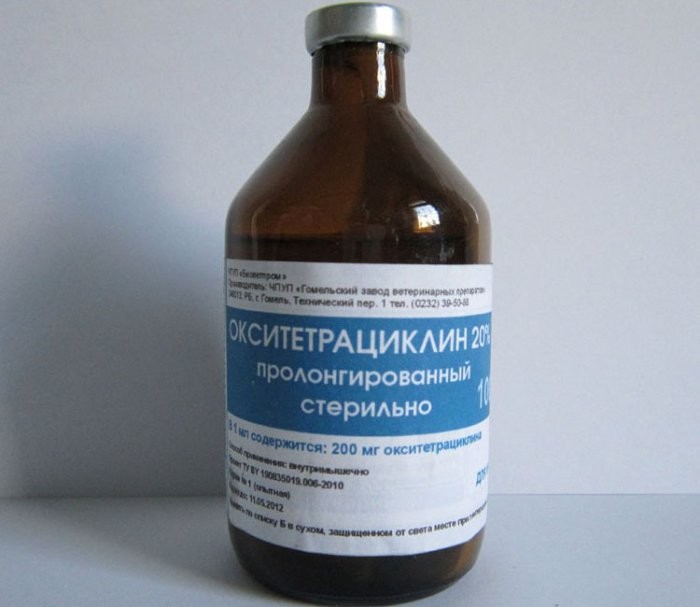
Oxytetracycline
- Oxytetracycline.
- Biomycin.
- Dibiomycin.
- Bicillin -5.
Attention! The duration of antibiotic therapy and the dosage is prescribed by the veterinarian. Incorrectly calculating the dose of the drug, you can ensure that the infection fades, but soon after the end of treatment it will flare up again.
Prevention
Preventive measures will help to avoid the spread of infection in the household. These include:
- Periodic hoof inspection and trimming of all animals.
- Quarantine all newly arrived cows to the farm.
- Keeping animals under normal conditions.
- Grazing on dry pastures.
- Periodic treatment of animal hooves with disinfecting solutions – formalin, copper sulphate, paraform, etc.
If a case of foot rot disease is detected on a farm, the farm is declared unfavorable. All animals should be examined for infection approximately once a week or 10 days. For prevention, the hooves of conditionally healthy individuals are treated, and the patients are immediately separated. The quarantine will be removed from the farm only after 30 days after the last animal recovers.
Attention! It is allowed to consume milk from conditionally healthy cows, but only after preliminary boiling.
Foot rot should not be taken lightly, because this disease is contagious and can have sad consequences – lead to the death of a cow. If an individual finds lameness, swelling and redness in the region of the interhoof gap, it is necessary to call a veterinarian for diagnosis and treatment. A sick individual should be immediately separated from the herd.
